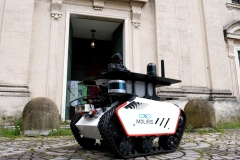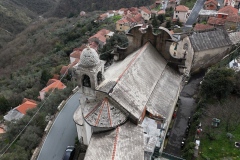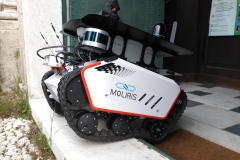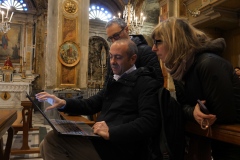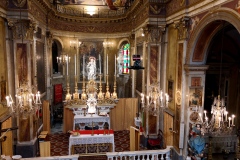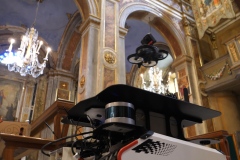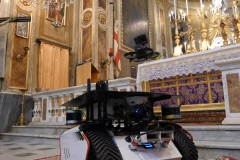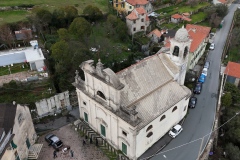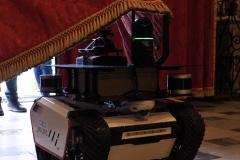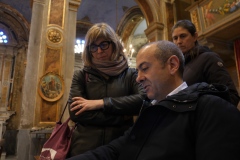Ecorobotics and earthquakes: new frontiers in the detection of damage to churches

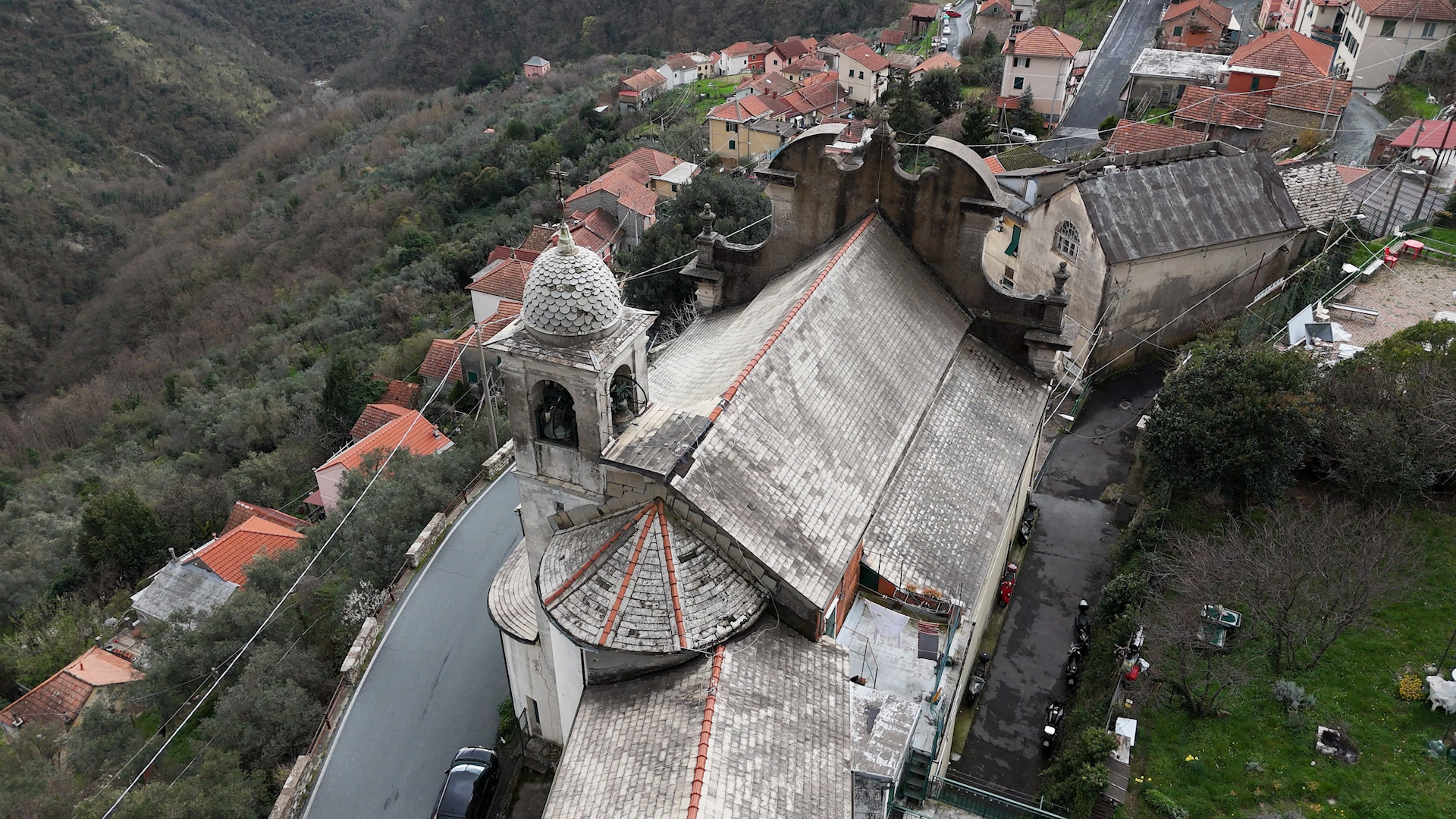
Italy is the country with the highest concentration of UNESCO sites: this immense heritage, consisting of many valuable buildings, represents a cultural and economic resource, but is at significant risk due to earthquakes as demonstrated by many events that have hit our territory. Their high seismic vulnerability makes it essential to invest in research and exploit the potential offered by new technologies.
In this direction, in Spoke 3 of RAISE, ecorobotics is applied with a multidisciplinary approach in a specific project aimed at developing innovative strategies for the detection of seismic damage in churches. The initiative arises from the over thirty-year experience of researchers at the University of Genoa and from the awareness of the importance of these buildings both for society and for the artistic-cultural heritage.
The project focuses on four key objectives:
– Safety, to protect operators during survey operations;
– Protection, to contribute to the safeguarding of monumental assets during seismic emergencies;
– Timeliness, to optimize the damage survey phases and accelerate the acquisition of information (photos, geometric data, etc.);
– Effectiveness, to support subsequent safety and damage reduction actions.
Innovative technologies for seismic damage survey
The Department of Civil, Chemical and Environmental Engineering (DICCA) of the University of Genoa, through the research groups in Seismic Engineering and Geomatics, has developed a methodology based on Laser scanner technology and drone photogrammetry to safely acquire both the internal geometry of churches and the presence and position of lesions, using an Artificial Intelligence model for automatic damage identification.
The system involves the integrated use of a flying drone and a terrestrial robot, addressing the complexity of autonomous navigation in closed environments. The drone takes off from the robot at predefined points mapped autonomously and acquires data from above before landing and continuing the analysis with the terrestrial vehicle.
Info Solution’s contribution with MOLIRIS
A key element of the project is the autonomous navigation system of the terrestrial robot, developed by Info Solution through its MOLIRIS product. The robot, thanks to a sophisticated obstacle detection and advanced mapping technology, is able to move safely among rubble, collapses and damaged pavements, supporting post-seismic inspection and preventive monitoring operations. MOLIRIS guarantees high precision in autonomous navigation, allowing to explore critical areas where human access would be risky or impossible.
An integrated system for safety and conservation
In the first months of 2025, a pilot test of the system was conducted at the Church of San Giovanni Battista in Aggio (Genoa) with the primary objective of verifying in the field the combined use of the flying drone and the Info Solution terrestrial robot and evaluating the effectiveness of the integration between the two platforms. The test gave positive results, providing valuable operational indications for the subsequent phases of research and technology transfer.
Thanks to the collaboration between experts from different sectors, the project presents itself as a model of innovation for the management of seismic risk and the protection of cultural heritage.
Thanks to: Don Matteo Conte, for his availability to carry out the field tests; the Curia of the Archdiocese of Genoa, for the support in identifying some case studies and the availability demonstrated; Eng. Stefano Cunietti (PhD student at the University of Genoa at DICCA) for the support provided in piloting the drone during the field tests.
Proect working group: University of Genoa (DICCA): Prof. Serena Cattari (project leader), Prof. Bianca Federici, Eng. Mohamed Mustafa Omeribrahim Eid (DICCA research fellow until 2024), Eng. Matteo Bozzano (PhD student) – Info Solution: Dr. Marco Penco – IIT: Eng. Claudio Semini (head of the Dynamic Legged Systems (DLS) laboratory) and Eng. Angelo Bratta (Post Doc)

